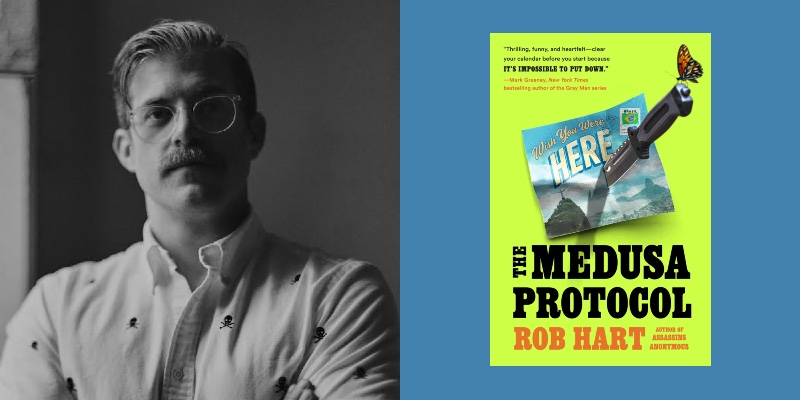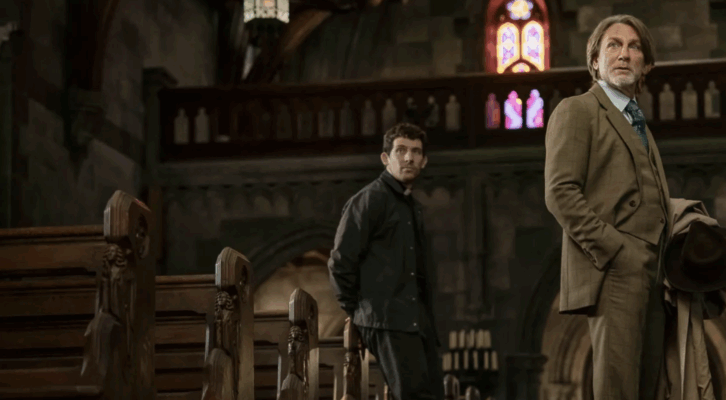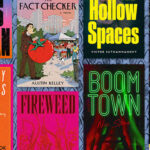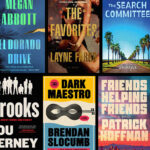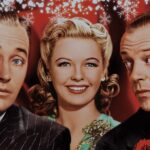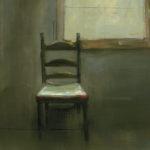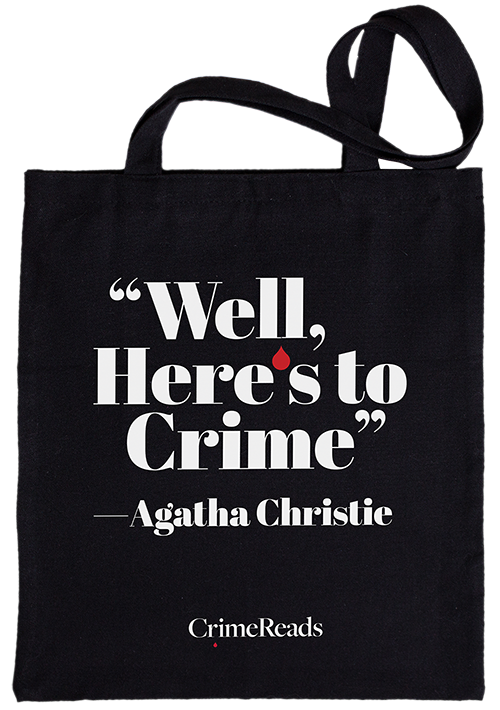Rob Hart’s “Assassins Anonymous,” released last year, hinged on an intriguing premise: what if there was a 12-step program for professional assassins who wanted to stop murdering people? The novel’s protagonist, Mark, an ultra-deadly killer also known as the “Pale Horse,” embraces the program as a means to cleanse his soul—but when he’s ensnared in a deadly mystery, his refusal to kill suddenly becomes a huge challenge.
“Assassins Anonymous” was a bestseller, and so Mark is back this summer in “The Medusa Protocol,” which features new characters and exotic locales while exploring some thorny conundrums. How do you stop killing when it’s the only thing you’ve ever known? Is redemption really possible? And what’s the best way to escape a high-tech prison surrounded by thousands of deadly snakes?
Hart didn’t offer the answers to all those questions when we sat down to talk about “The Medusa Protocol,” but he did offer cool insights into the best ways to write a fight scene, the challenge of writing a sequel (and a series), and the key to mixing the fantastical with more grounded elements.
Q: When we chatted about “Assassins Anonymous” last year, you discussed influences such as the film “Nobody” (with Bob Odenkirk as a retired assassin badass) and “The Professional,” and how your book was a love letter of sorts to the assassin genre. In that spirit, which books and movies influenced “The Medusa Protocol”?
A: I’m still firmly in that realm—the assassin genre is a deep one, with a lot of avenues to explore. And while there’s a prison break here, I didn’t really revisit too many. Though I did watch “Escape Plan,” with Sylvester Stallone and Arnold Schwarzenegger. Worth it just to watch the two of them on screen together.
Q: “Assassins Anonymous” has also turned into a series: in addition to “The Medusa Protocol,” you also have a third book, titled “Three Hitmen and a Baby,” rolling out next year. For those who don’t know, this is your second series after the Ash McKenna books, which followed a budding detective as he pursued cases in New York, Portland, and other locales. What lessons (if any) did you take from writing the Ash McKenna books that you’re finding useful in this new series?
A: I thought the lesson I learned writing Ash was: never write a series again. Clearly it didn’t take. There’s something really nice about revisiting characters, because it’s like slipping on a comfortable pair of shoes. There’s also something really nice about building a sandbox, blowing it up at the end, and walking away.
It can be hard writing a series, especially in this market; if readers aren’t following you from book to book, it gets harder to sustain. But so far people seem to be digging these characters. In my previous series I did learn the importance of writing a book that can stand on its own, while also fitting into a larger story. But also, how to keep things fresh and interesting—not just for the reader, but for myself.
Q: “The Medusa Protocol” has quite a few action scenes and big brawls—I didn’t count them up, but I suspect there are more than in “Assassins Anonymous.” I know you’re a practitioner of the fighting arts in real life, and I wonder how that informs your approach to writing fictional fight scenes.
A: It certainly gives me some insight into how to structure a fight. I used to train in Krav Maga, and now I’m focusing on Muay Thai. It gives you a clearer understanding of how fighting works (it’s messy and unpredictable), what happens to a body in a fight (you get tired real quick). It’s fun, when I’m first sketching them out, to be able to say, ‘Okay, how would I do this?’ or ‘based on my experience what exactly would this look like?’
Q: Speaking of fight scenes—what’s the best way to write them so they’re fresh and innovative, more than just punch-punch-punch? You have to assume that thriller readers can be a tough audience when it comes to brawls on the page.
A: I teach entire classes about this, but in short: always think about stakes, and always think about geography. A good fight scene is a clear fight scene; something the reader can follow. And make sure to throw in some expected challenges. A good, engaging fight scene is one where things didn’t go to plan and your character finds themselves tested and improvising. The best piece of advice I can give is to remember that kung-fu movies and musicals are exactly the same, and once you understand why, you can unlock a lot of stuff in terms of story structure.
Q: Your recent books have blended elements from both speculative and crime fiction. Sometimes you seem to lean more heavily in the speculative direction, such as with “The Paradox Hotel,” which combines a detective narrative with a time-travel hook. Then you have “The Medusa Protocol,” which is really grounded but still has some fantastical bits, like a high-tech prison on a snake-infested island. How do you approach the balance between ‘fantastic’ and ‘grounded,’ and how do you ensure the audience buys into the vision you’re presenting?
A: It begins and ends with the characters. If I’ve got characters who feel real, who you can identify with, then most of the job is done. You’ll follow them through increasingly absurd situations. And when it comes to those absurd situations, I think research is important. Nothing has to be 100 percent accurate, but it does have to be believable. So, if you can find the information and details that make things feel grounded—those tactile bits that make the world feel real—you’re pretty much set.

